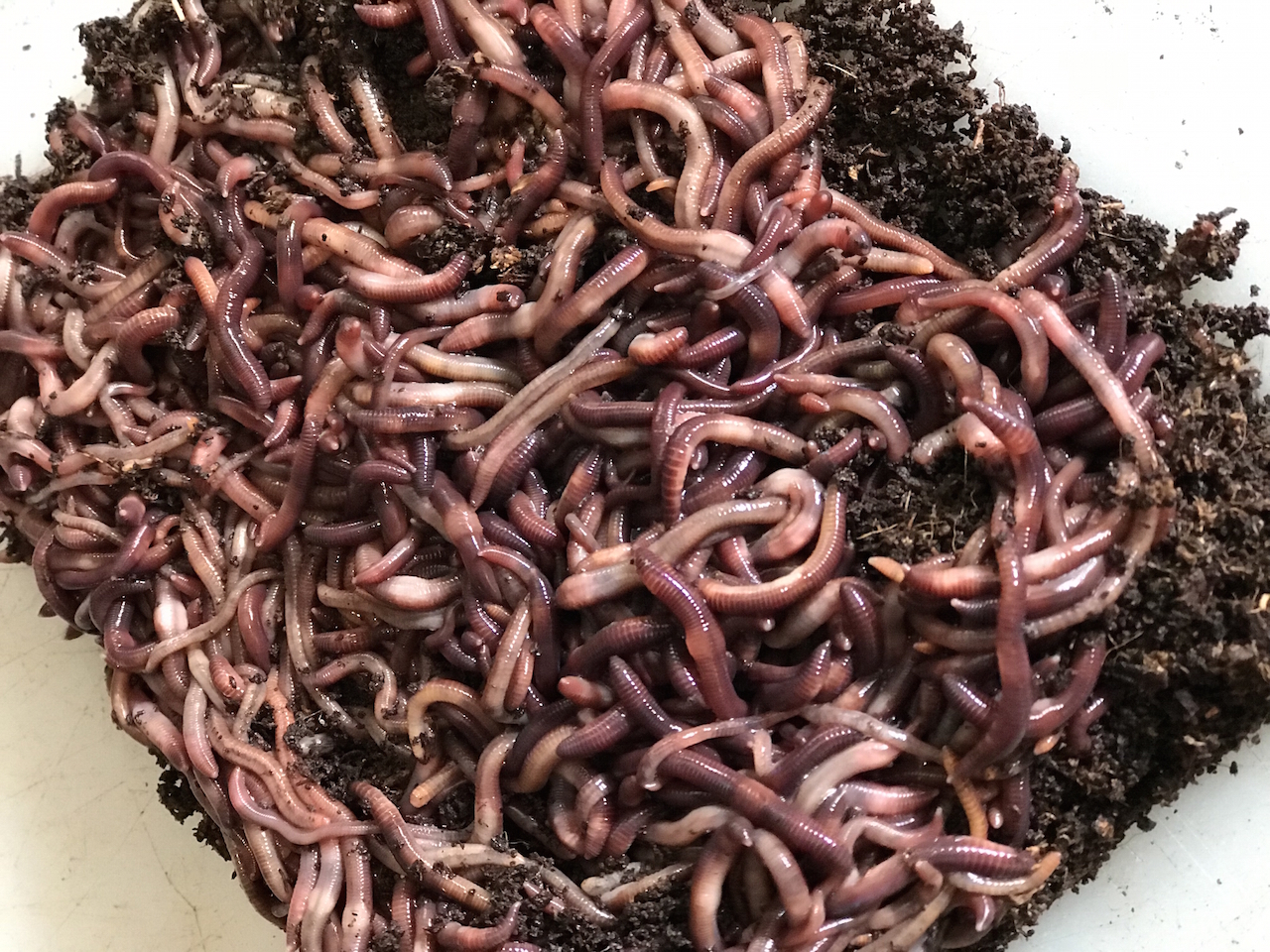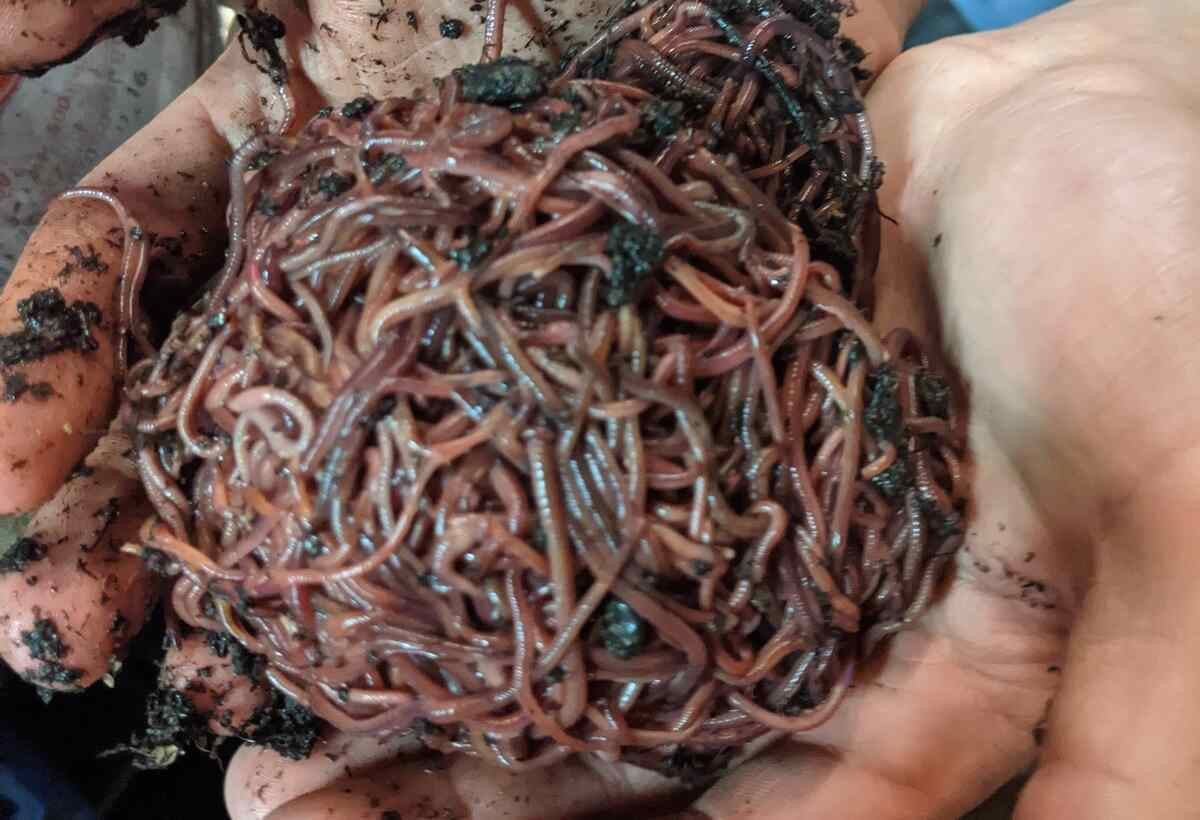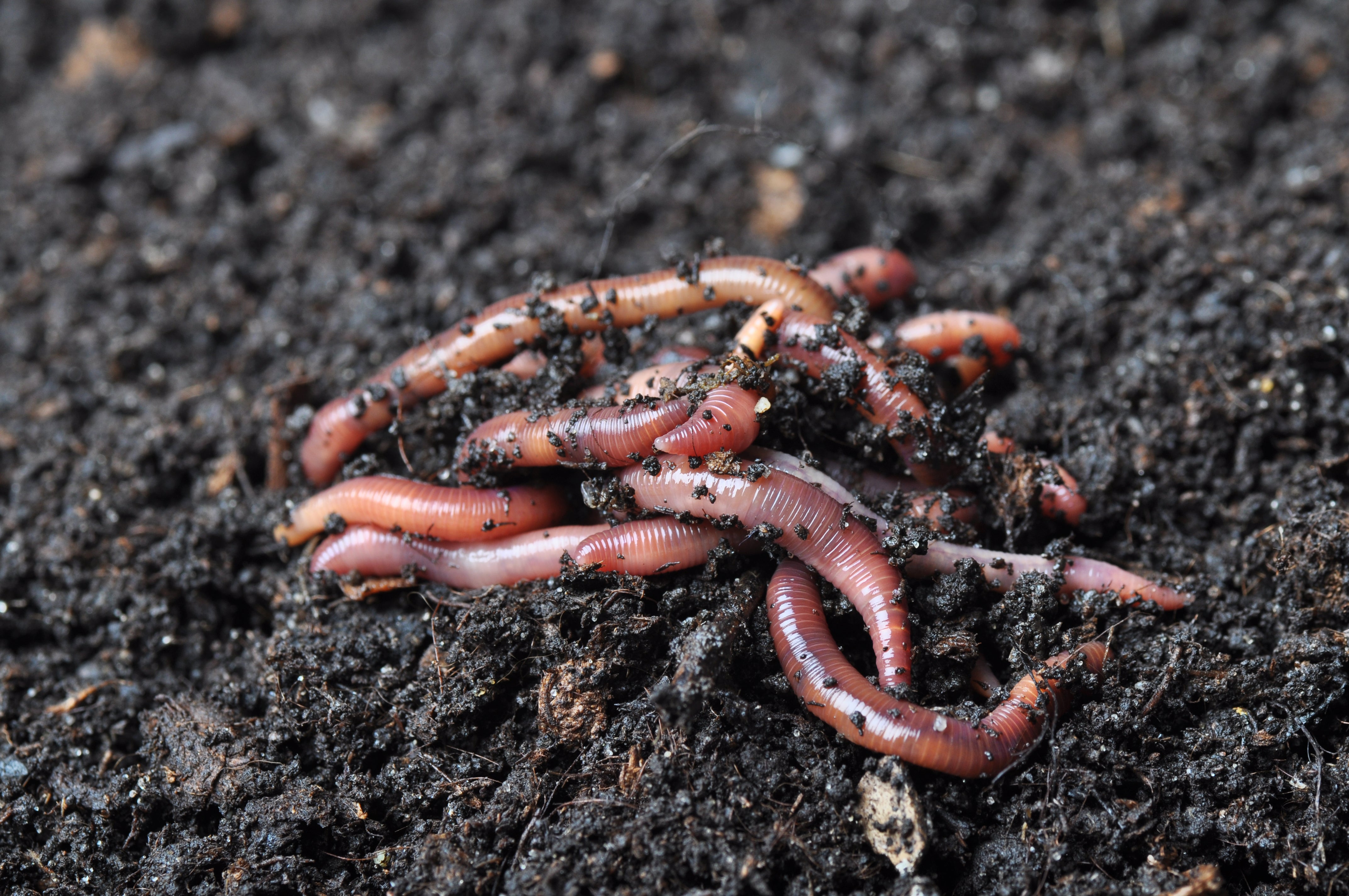Achieve a Greener Lawn with the Help of Red Wiggler Express Lawn Care Products
Achieve a Greener Lawn with the Help of Red Wiggler Express Lawn Care Products
Blog Article
Red Wigglers 101: Every Little Thing You Required to Know for Thriving Gardens
Red wigglers, or Eisenia fetida, play a crucial duty in sustainable gardening techniques, working as reliable decomposers that convert natural waste into important vermicompost. Understanding their habitat, nutritional preferences, and the myriad advantages they supply can change your gardening strategy (Red Wiggler Express). As these worms thrive in specific problems, their care and management are essential for optimizing their payments to dirt wellness. The concern remains: what actions can you take to harness the complete possibility of these remarkable microorganisms in your very own garden?
Understanding Red Wigglers

Red wigglers grow in settings abundant in natural product and dampness. Red Wiggler Express. They possess a special digestion system that permits them to process food scraps swiftly, secreting spreadings that are packed with necessary nutrients such as nitrogen, phosphorus, and potassium. These castings improve soil framework, enhance water retention, and foster advantageous microbial activity, all of which add to robust plant health and wellness
Moreover, red wigglers can survive in diverse problems, making them adaptable to numerous gardening methods, including indoor and exterior composting systems. Their ability to consume large quantities of natural waste everyday placements them as valuable allies for both home garden enthusiasts and industrial cultivators. By incorporating red wigglers right into horticulture initiatives, one can considerably enhance soil fertility and support lasting gardening practices.
Perfect Environment for Red Wigglers
Developing an ideal setting for red wigglers is important for optimizing their composting abilities and general health. Red wigglers grow in damp, dark, and well-aerated habitats, which closely resemble their natural surroundings in ground cover and decaying organic issue. An ideal environment needs to provide a temperature variety between 55 ° F and 77 ° F(13 ° C to 25 ° C), as extreme temperature levels can emphasize or hurt the worms.
The bed linens material, such as shredded newspaper, cardboard, or coconut coir, must be maintained moist yet not overly damp, as extreme moisture can cause anaerobic conditions damaging to worm health. Additionally, a pH level in between 6.0 and 7.5 is ideal, guaranteeing a balanced setting.
Appropriate oygenation is similarly crucial; it permits oxygen blood circulation and protects against the buildup of damaging gases. A container or bin made for vermicomposting should have water drainage openings to eliminate excess dampness and promote air movement. Regular tracking of these conditions is essential for preserving a growing red wiggler populace, inevitably boosting their effectiveness in damaging down natural waste and enriching garden dirt.
Dietary Requirements and Preferences

Red wigglers exhibit particular preferences; they are particularly fond of softer, breaking down products over more challenging or more coarse materials. It is vital to avoid feeding them citrus peels, onion, and garlic in huge quantities, as these can be damaging. Furthermore, meat, dairy, and oily foods ought to be omitted, as they can attract pests and produce undesirable odors.
(Lake Hickory Bait)To preserve optimal health, a well balanced mix of eco-friendly and brownish materials is recommended. Eco-friendly materials, such as veggie scraps, offer nitrogen, while brown products, like cardboard and dried fallen leaves, supply carbon. Checking the moisture web content and ensuring a constant food supply will even more boost their growth and composting abilities. By satisfying their nutritional demands, garden enthusiasts can promote a flourishing populace of red wigglers in their compost systems.
Benefits of Utilizing Red Wigglers
The exceptional advantages of making use of red wigglers in gardening prolong much past their duty in composting. These functional organisms contribute considerably to dirt health and wellness, enhancing nutrient schedule and promoting microbial activity. By freshening the dirt as they tunnel, red wigglers enhance drain and root infiltration, developing an ideal atmosphere for plant development.
Additionally, red wigglers are effective recyclers of organic waste, converting it into nutrient-rich spreadings that offer as an outstanding all-natural plant food. These spreadings include beneficial microbes and crucial nutrients, such as nitrogen, phosphorus, and potassium, which are vital for plant development. The slow-moving release of nutrients from worm spreadings guarantees a consistent supply, decreasing the danger of nutrient leaching and promoting sustainable horticulture techniques.
Additionally, the visibility of red wigglers can help subdue soil-borne plant conditions. Their digestion procedures generate substances that hinder harmful virus, thus boosting plant wellness. Using red wigglers promotes a much more lasting horticulture strategy by lowering reliance on chemical plant foods and promoting a closed-loop system, where waste is transformed into beneficial resources. Overall, incorporating red wigglers into horticulture methods provides a wide range of ecological and agricultural advantages.
(Red Wiggler Express)
Composting With Red Wigglers

To initiate a successful vermicomposting system, choose an appropriate container with proper ventilation and water drainage. The ideal atmosphere for red wigglers consists of a wet, dark setup with temperature levels between 55 ° F and 77 ° F. Begin by layering shredded paper, cardboard, and food scraps, guaranteeing a well balanced mix of carbon and nitrogen-rich products.
Red wigglers flourish on veggie peels, fruit scraps, coffee grounds, and eggshells, while staying clear of meat, dairy products, and oily foods that can attract pests. On a regular basis keep track of wetness degrees; the bed linens needs to be wet however not soggy. Harvest worm spreadings every few months by separating the worms from the garden compost, which can after that be used straight in yards or stored for later use.
Applying vermicomposting not just minimizes land fill waste however likewise enhances garden dirt, advertising healthy plant development and sustainable horticulture methods. Embrace this eco-friendly technique to boost your horticulture endeavors.
Final Thought
In recap, red wigglers are vital organisms for boosting garden productivity via effective composting. Their particular habitat demands, nutritional preferences, and significant benefits contribute to lasting gardening techniques. By utilizing red wigglers, garden enthusiasts can significantly boost soil top quality and nutrient schedule, promoting much healthier plant development. Embracing the method of vermicomposting not only supports waste reduction yet likewise advertises an ecological balance within yard communities, eventually causing thriving and resistant yards.
Report this page